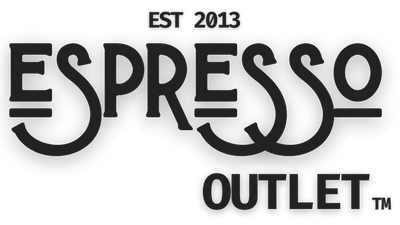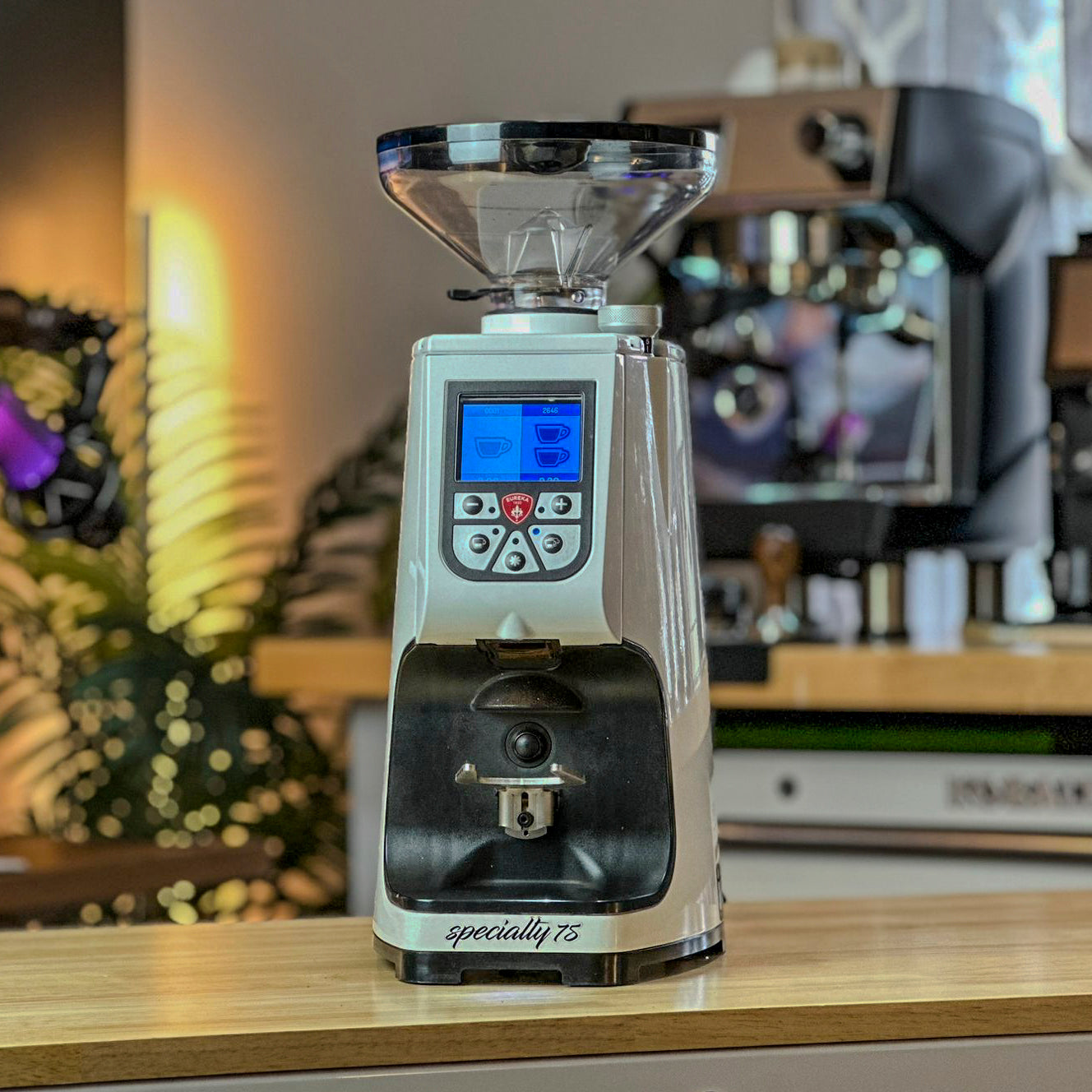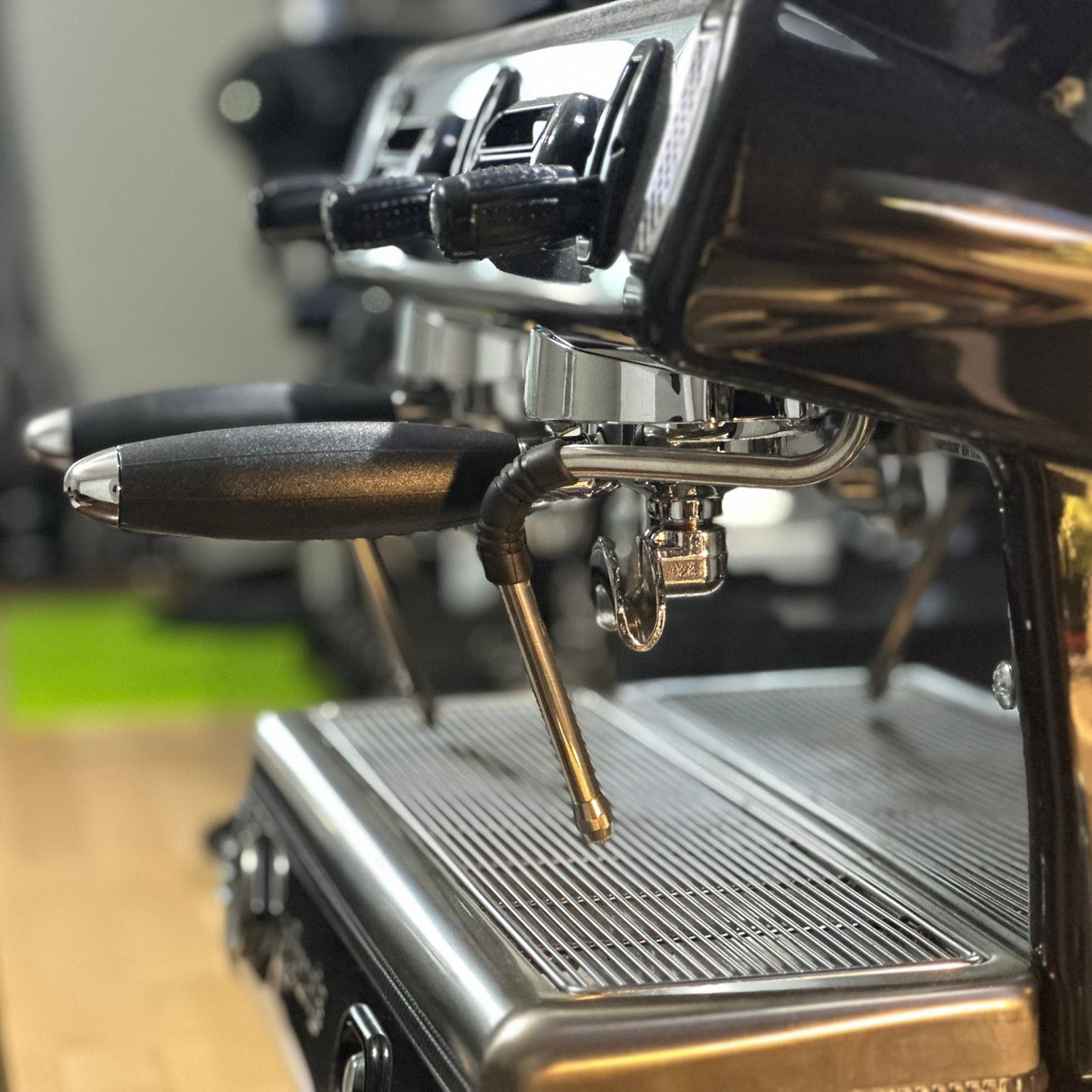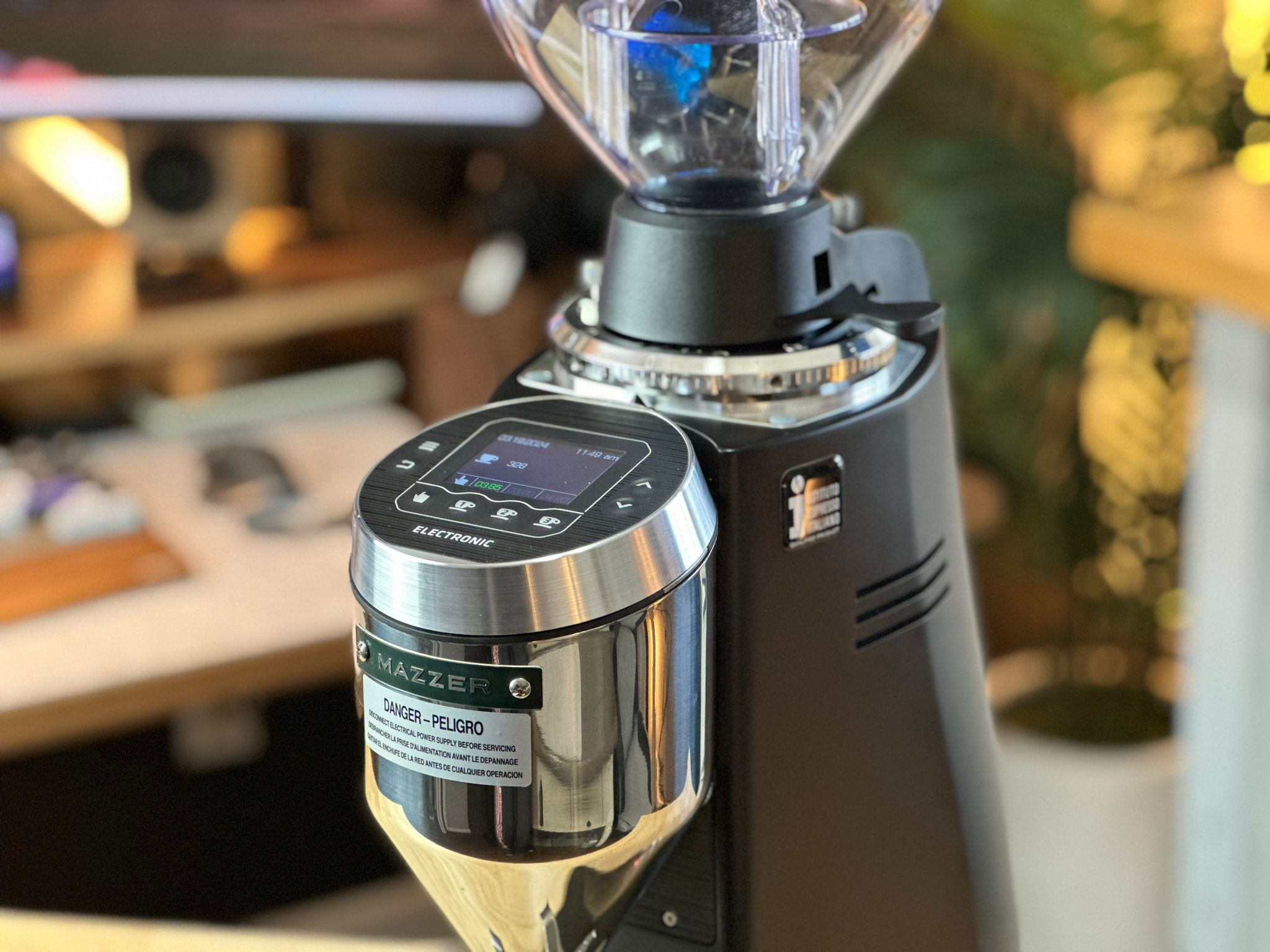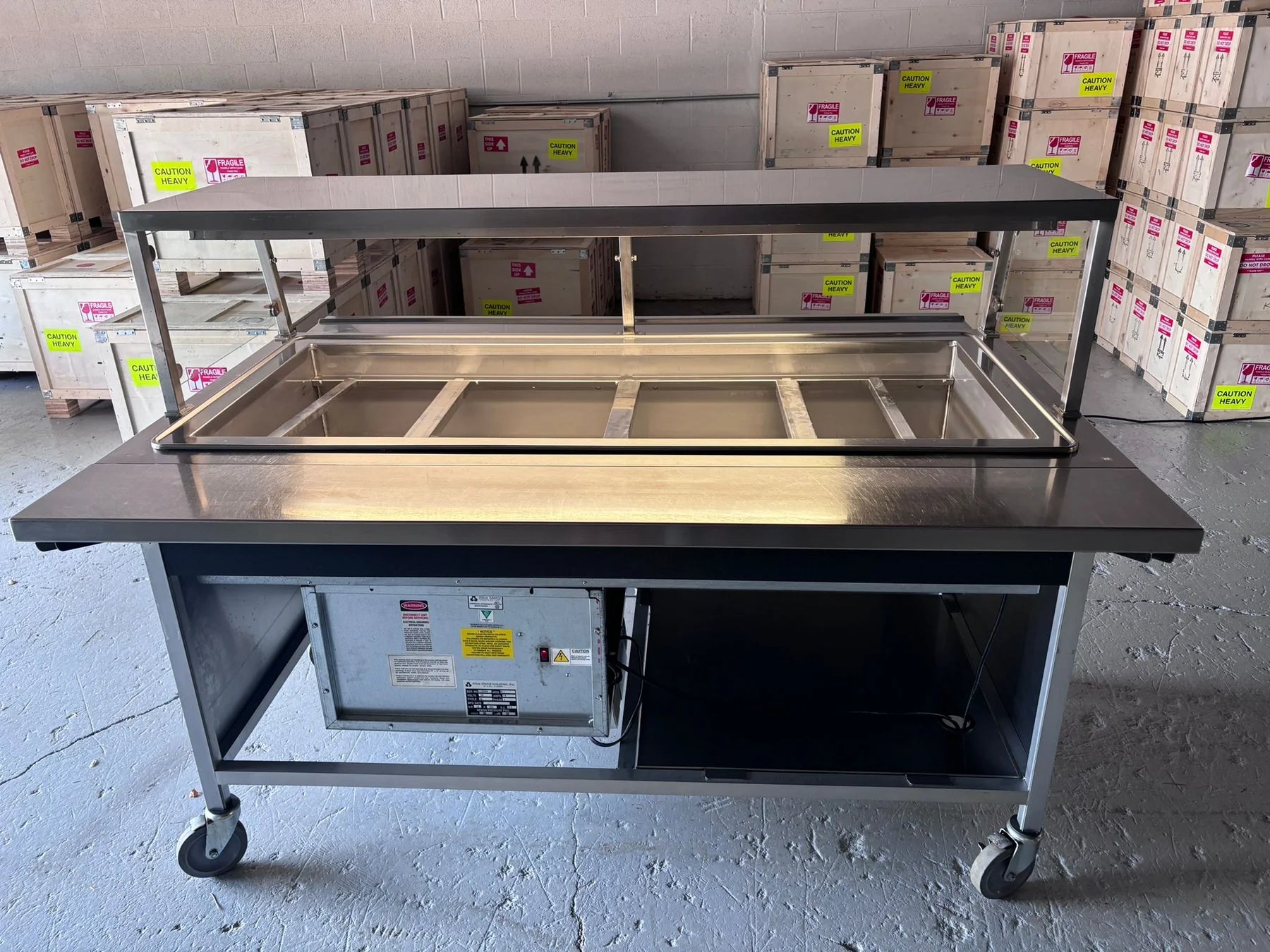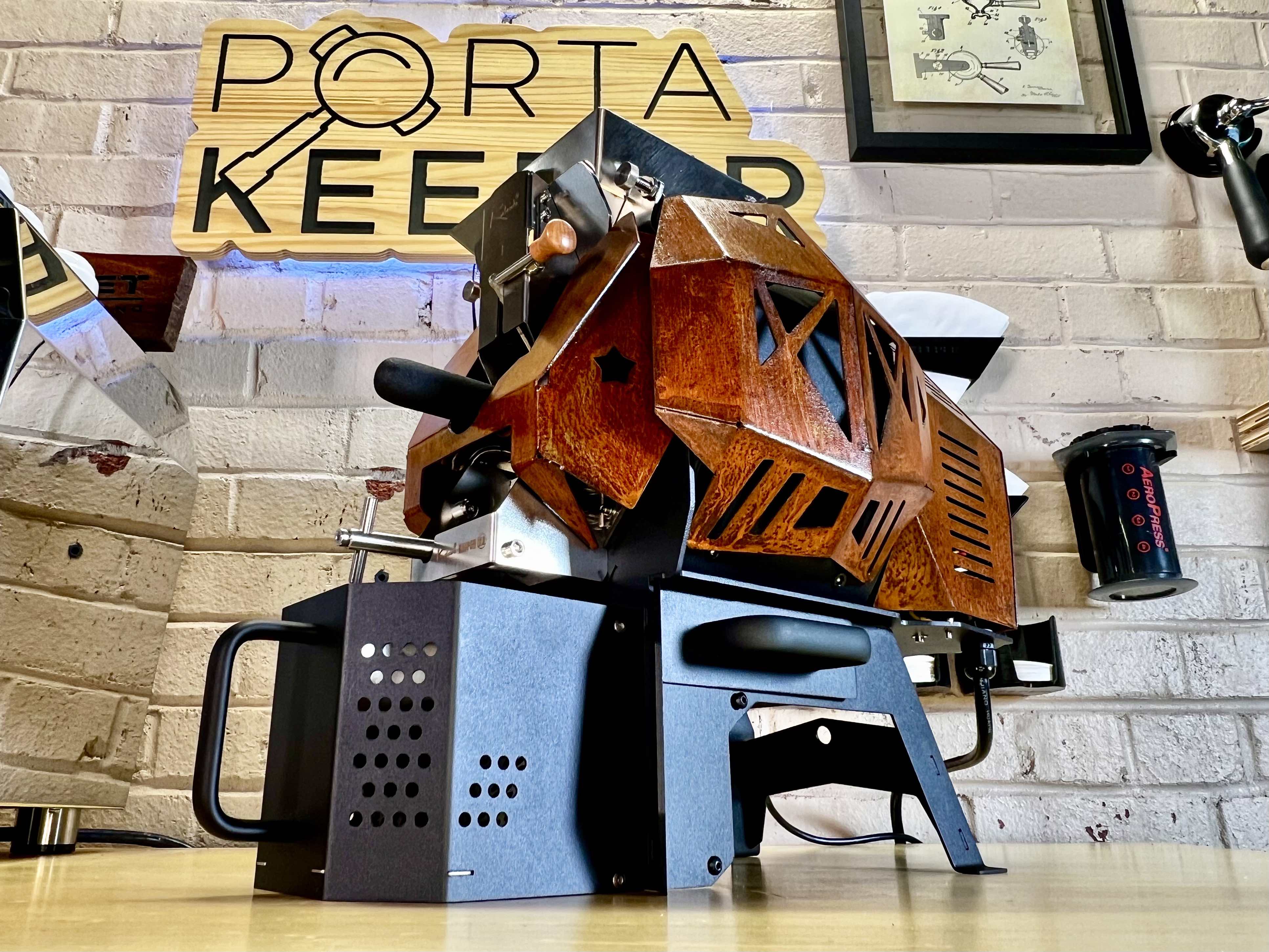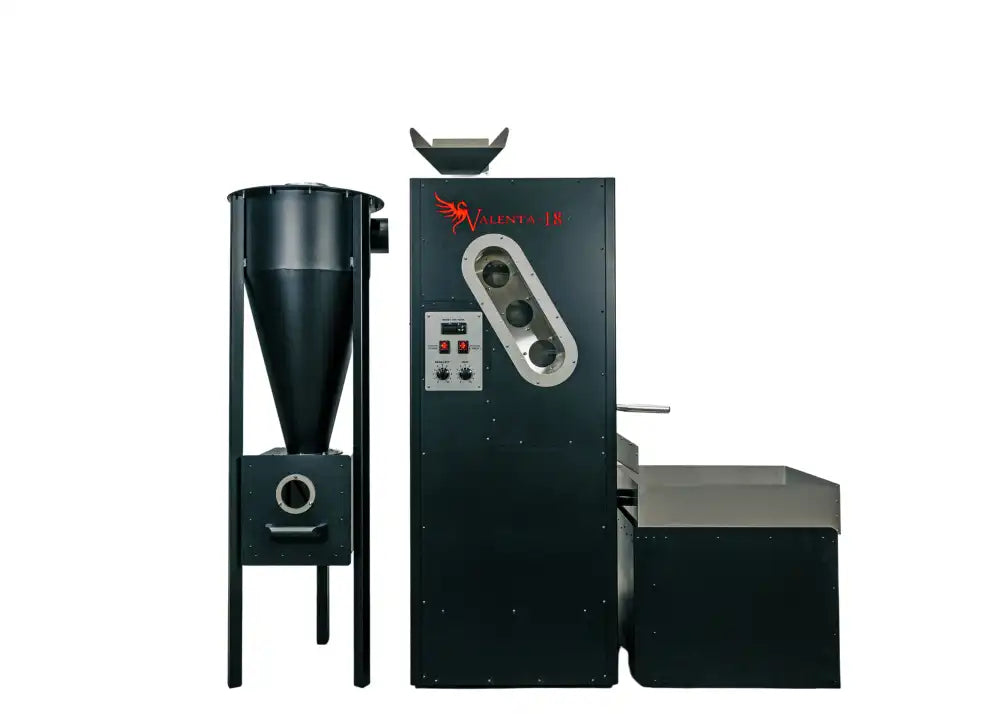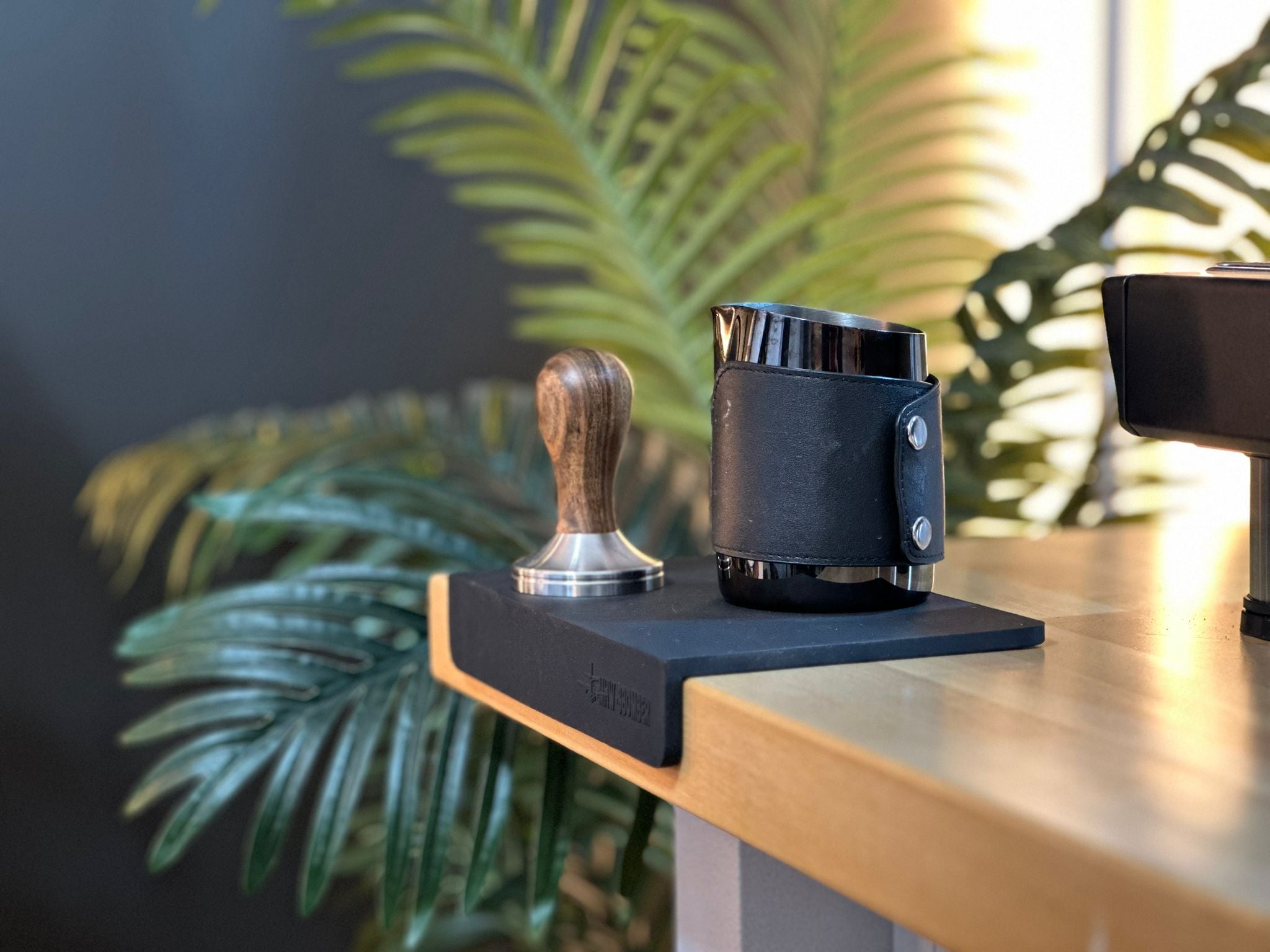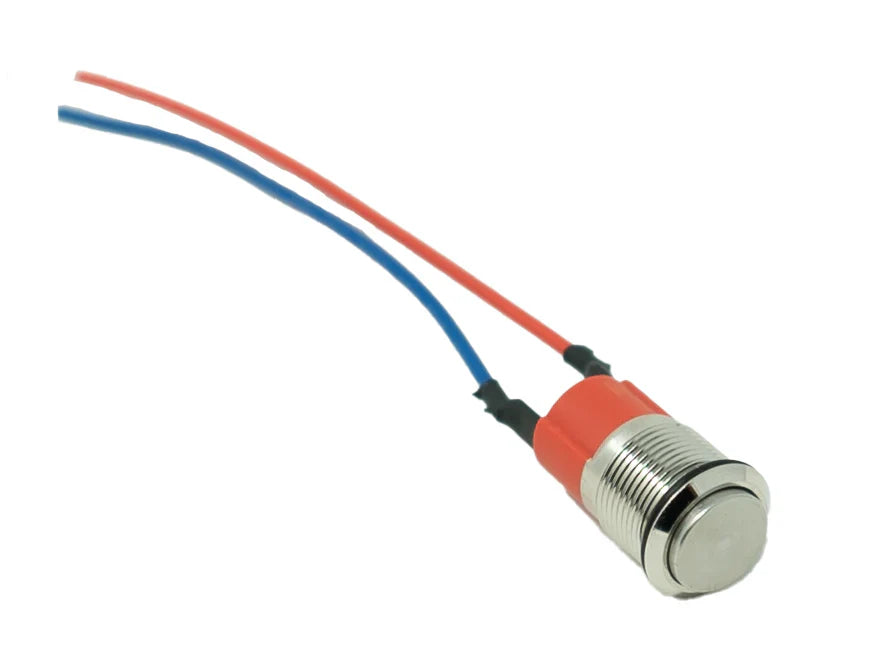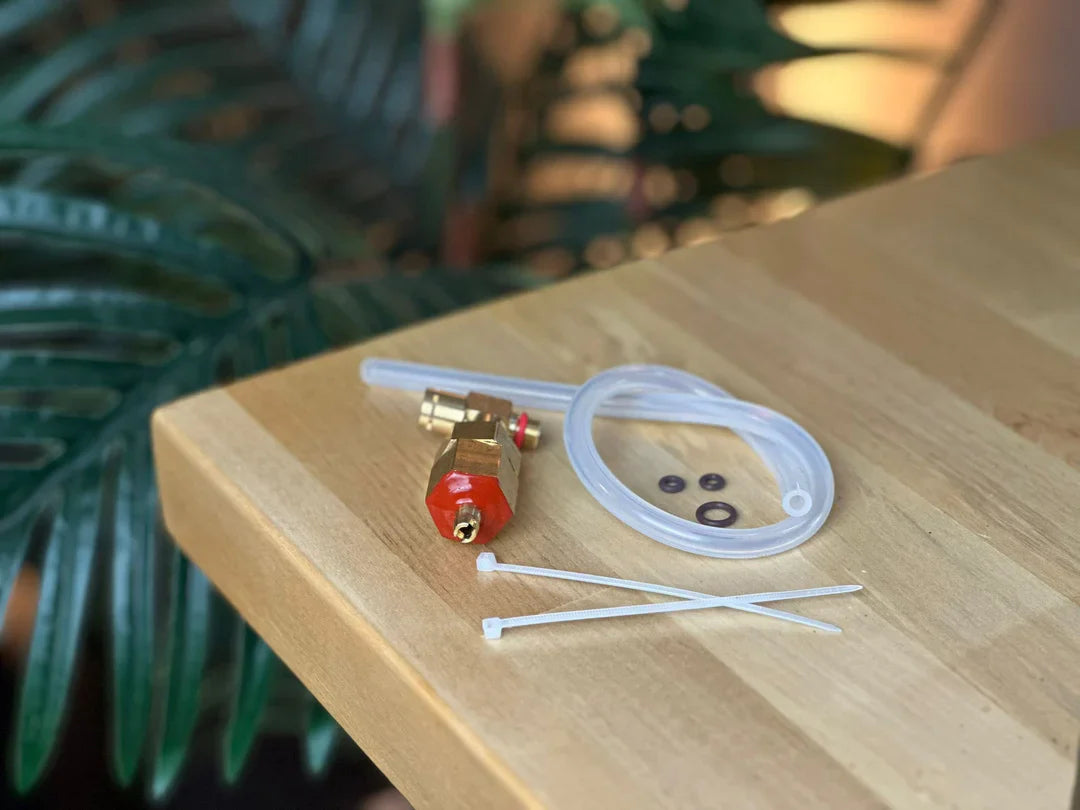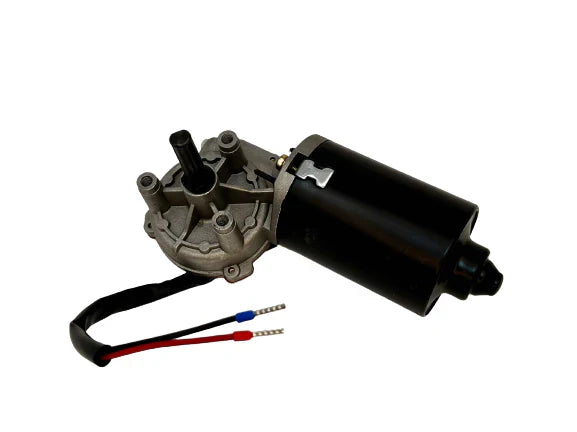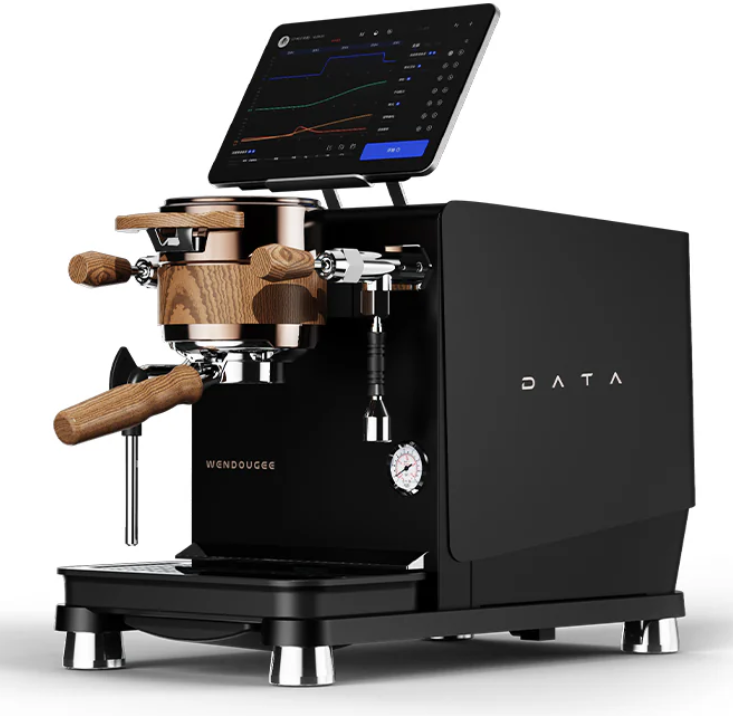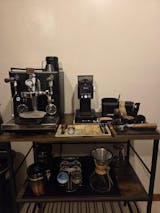Teaching Kids to Make Espresso: Safety Tips and Things to Consider
Your 7-year-old daughter wants to learn how to make espresso, which is a sweet gesture and an opportunity to bond over a shared activity. However, making espresso involves equipment and processes that can be potentially dangerous if not handled properly. As a parent, it's natural to have mixed feelings about letting a young child handle hot water, steam, and heavy machinery. In this article, we'll explore safety considerations, age-appropriate ways to introduce espresso making, and how to create a safe environment for your daughter while still fostering her interest.
1. Assessing Readiness: Is 7 Too Young?
The first thing to consider is whether your daughter is developmentally ready to handle the tasks required to make espresso. A 7-year-old may have the curiosity and excitement to help but might lack the physical coordination and risk awareness necessary to safely manage certain aspects of the espresso-making process, such as:
- Boiling Water: Espresso machines heat water to 90-95°C (195-205°F), posing a burn risk.
- Pressurized Steam: Steam wands can cause severe burns if mishandled.
- Heavy Equipment: Espresso machines can be large and heavy, and portafilters require strength to lock into place.
While 7 is young, you can still engage her in a supervised and scaled-down version of making espresso, focusing on tasks that are safe for her to handle. Over time, she can learn more complex steps as she develops motor skills and a better understanding of safety precautions.
2. Safety Concerns When Making Espresso
Making espresso can be a rewarding experience, but it's essential to keep safety at the forefront, especially when involving children. Below are the main safety risks and how to mitigate them:
Hot Surfaces and Boiling Water
- Risk: The machine’s group head, steam wand, and the water inside the boiler can all cause burns.
- Solution: Teach your daughter to identify and avoid these hot surfaces. For example, the group head and steam wand can be "off-limits" until she's older.
Pressurized Steam
- Risk: The steam wand releases high-pressure steam that can cause burns.
- Solution: At this age, it's best to avoid having her use the steam wand entirely. Instead, you can handle this step yourself while explaining how it works.
Weight and Portafilters
- Risk: Portafilters are heavy and need to be locked in tightly, which requires both strength and coordination.
- Solution: Assist her with locking the portafilter into the machine or let her focus on tasks like dosing and tamping. You can lock the portafilter for her and let her push the button to start the extraction.
3. Age-Appropriate Tasks for a 7-Year-Old
To involve your daughter safely while keeping her engaged, you can break down the espresso-making process into age-appropriate tasks. Here are some parts of the process she can safely handle under supervision:
Grinding Coffee Beans
- Task: Let her load the beans into the grinder and press the button to grind. Be mindful that some grinders can be noisy or involve sharp burrs, so supervise closely.
- Benefit: This task gives her a hands-on feel for the process without exposing her to heat or steam.
Dosing and Tamping
- Task: Show her how to dose the right amount of coffee grounds into the portafilter. With your help, she can also learn the basics of tamping, pressing down evenly on the grounds.
- Benefit: These tasks require precision but pose no significant danger. It's a great way to teach her about measurement and consistency.
Starting the Espresso Shot
- Task: Once you’ve locked in the portafilter, let her press the button or pull the lever to start the shot.
- Benefit: This step is easy to supervise and safe as long as she's not in contact with hot surfaces.
Frothing Milk (Without a Steam Wand)
- Task: Use a manual milk frother instead of the steam wand to froth milk for cappuccinos or lattes. She can froth milk by pumping a manual frother or using a safe handheld electric frother.
- Benefit: This allows her to participate in creating a finished drink without the burn risk posed by steam wands.
4. Supervision and Clear Boundaries
When teaching your daughter how to make espresso, it's critical to establish clear rules and boundaries. Here are a few guidelines to keep in mind:
Always Supervised
- No part of the espresso-making process should be done without your direct supervision. At this age, it's crucial to be nearby and ready to step in if anything gets too complicated or risky.
No Use of the Steam Wand
- Until she’s older, it's best to keep the steam wand off-limits. Even adults occasionally get burned when steaming milk, so this step can be handled by you for now.
“Safety Zones” on the Machine
- Identify parts of the espresso machine that are safe to touch (like buttons) and parts that are dangerous (group head, steam wand, drip tray). You can even use colored stickers or labels to help her remember which parts are off-limits.
5. Making the Experience Fun and Educational
Beyond safety, it’s important to make the espresso-making experience fun and educational for your daughter. Here are some ideas to keep her engaged:
Experiment with Flavors (Without Caffeine)
- Consider letting her make drinks without caffeine. She can froth milk and add flavored syrups, like vanilla or chocolate, to create kid-friendly drinks that mimic lattes or cappuccinos.
Teach Her About Coffee Beans
- While she may not be tasting the espresso itself, this can be a great opportunity to teach her about where coffee beans come from, how they’re roasted, and the different flavors beans can produce. This is an excellent chance for learning outside of the actual espresso-making process.
Celebrate Small Wins
- Praise her for small achievements, like successfully dosing or tamping, to keep her motivated. Making espresso has a steep learning curve, and celebrating progress will keep her enthusiastic.
6. Future Steps: Growing Her Skills
As she grows older and gains more experience, you can gradually introduce her to more advanced aspects of espresso making. Around age 10 or older, you can teach her how to safely use the steam wand, handle heavier portafilters, and perhaps experiment with different grind sizes or coffee beans.
Conclusion: A Balanced Approach to Espresso-Making for Kids
Teaching your 7-year-old daughter how to make espresso can be a fun, bonding experience that instills a love for learning and curiosity about the process. However, safety should always come first. Start with small, manageable tasks like grinding, dosing, and pushing buttons, and be cautious around hot surfaces and steam wands. Over time, you can slowly increase her responsibilities as she grows more comfortable and capable.
By creating a safe environment and setting clear boundaries, you can share your passion for coffee-making with your daughter while ensuring her well-being.
